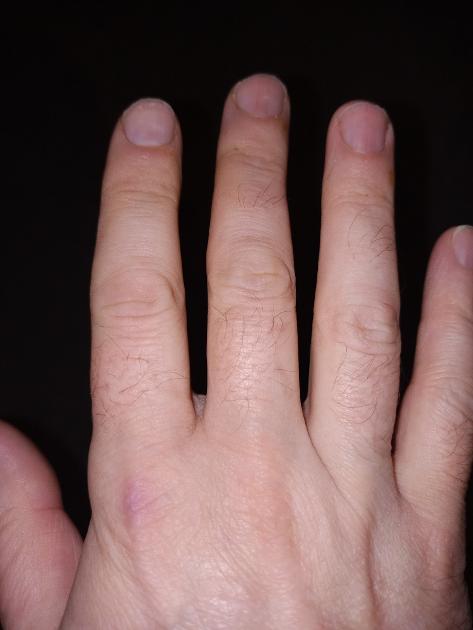I was diagnosed with sero-negative inflammatory arthritis five years ago and have been in clinical remission for about for four years. However, I've noticed over the last year my index finger has started to twist slightly, and in the last few weeks the knuckle bone of the index finger has started to protrude on the side. I'm definitely in more pain with my hands and wrists than I have been for a while too.
I've seen a nurse at my GP practice who examined both hands and decided to order x-rays, and my ESR and CRP levels were tested last week and they are both normal - they always have been, even at diagnosis.
I know this twisting is very mild compared to others, but my question is - should this kind of damage be happening if I'm in clinical remission?
My gut says no, unless it's some sort of erosion from damage done before I went into clinical remission.
